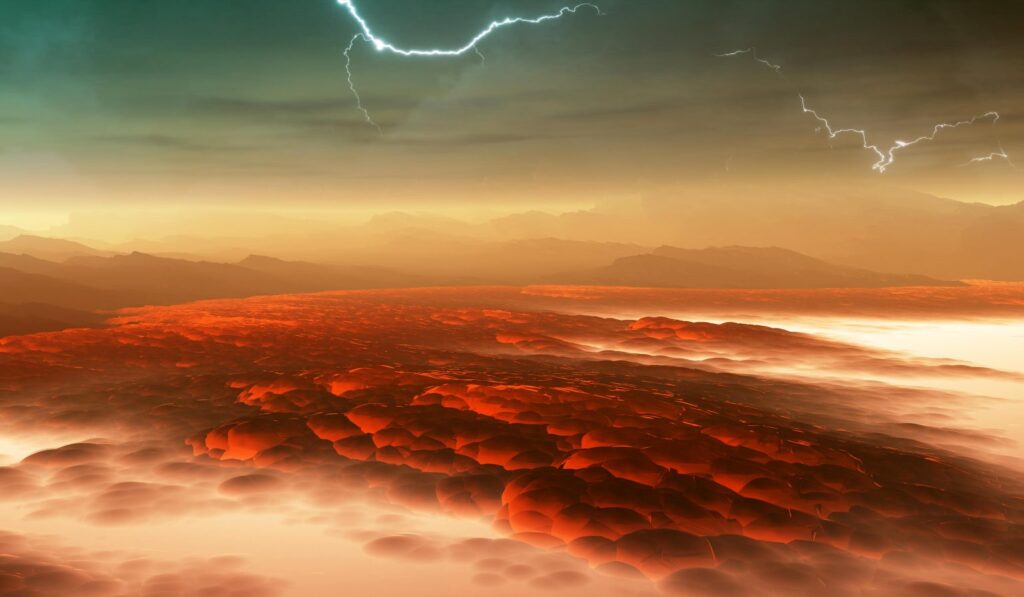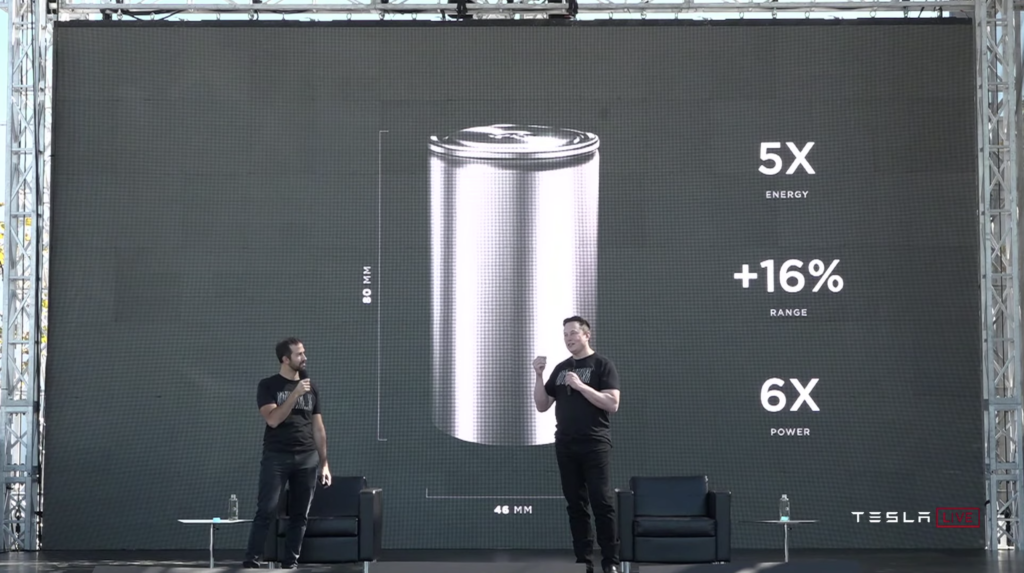1. The Devil’s Advocate
Time Stamp: 10:01

- Planning For The Future
https://www.bustle.com/articles/126929-6-tips-for-planning-for-your-future-even-when-it-seems-super-far-away
https://www.wikihow.com/Plan-For-a-Successful-Future- Start when you think you’re too young
- Maslow’s hierarchy of needs
- Physiological
- Safety
- Love/Belonging
- Esteem
- Self-actualization
- Make A List Of Things You Want To Accomplish
- Review your life up until now, and look for a passion – something that comes naturally to you.
- Belongings Aren’t What is Important
- Unrealistic Goals are not Helpful
- Envision Your Life Going Your Way
- Lesser Magic
- Big Priorities Come First
- Open A Savings Account, Because We All Need Money
- Also Open A Retirement Fund
- Surround Yourself With People Who Want To Help
- Start feeling proud of what you’re good at.
- Trust your instincts.
- Don’t Burn Any Bridges
2. Infernal Informant
Time Stamp: 43:52

- Experts Explain: If There Is Life on Venus, How Could It Have Got There?
https://scitechdaily.com/experts-explain-if-there-is-life-on-venus-how-could-it-have-got-there/- The recent discovery of phosphine in the atmosphere of Venus is exciting, as it may serve as a potential sign of life (among other possible explanations).
- The researchers, who published their findings in Nature Astronomy, couldn’t really explain how the phosphine got there.
- They explored all conceivable possibilities, including lightning, volcanoes and even delivery by meteorites. But each source they modelled couldn’t produce the amount of phosphine detected.
- Most phosphine in Earth’s atmosphere is produced by living microbes. So the possibility of life on Venus producing phosphine can’t be ignored.
- But the researchers, led by UK astronomer Jane Greaves, say their discovery “is not robust evidence for life” on Venus. Rather, it’s evidence of “anomalous and unexplained chemistry”, of which biological processes are just one possible origin.
- If life were to exist on Venus, how could it have come about? Exploring the origins of life on Earth might shed some light.
- Understanding how life formed on Earth not only helps us understand our own origins, but could also provide insight into the key ingredients needed for life, as we know it, to form.
- The details around the origins of life on Earth are still shrouded in mystery, with multiple competing scientific theories. But most theories include a common set of environmental conditions considered vital for life. These are:
- Liquid water
- Mild temperatures
- A process to concentrate molecules
- A complex natural environment
- Trace metals
- The possibility of life as we know it forming on the surface of present-day Venus is incredibly low. An average surface temperature above 400℃ means the surface can’t possibly have liquid water and this heat would also destroy most organic molecules.
- Venus’s milder upper atmosphere, however, has temperatures low enough for water droplets to form and thus could potentially be suitable for the formation of life.
- That said, this environment has its own limitations, such as clouds of sulfuric acid which would destroy any organic molecules not protected by a cell. For example, on Earth, molecules such as DNA are rapidly destroyed by acidic conditions, although some bacteria can survive in extremely acidic environments.
- Also, the constant falling of water droplets from Venus’s atmosphere down to its extremely hot surface would destroy any unprotected organic molecules in the droplets.
- Beyond this, with no surfaces or mineral grains in the Venusian atmosphere on which organic molecules could concentrate, any chemical building blocks for life would be scattered through a diluted atmosphere – making it incredibly difficult for life to form.
- Bearing all this in mind, if atmospheric phosphine is indeed a sign of life on Venus, there are three main explanations for how it could have formed.
- Life may have formed on the planet’s surface when its conditions were very different to now.
- Modelling suggests the surface of early Venus was very similar to early Earth, with lakes (or even oceans) of water and mild conditions. This was before a runaway greenhouse effect turned the planet into the hellscape it is today.
- Another possibility is that life in Venus’s atmosphere (if there is any) came from Earth.
- The planets of our inner solar system have been documented to exchange materials in the past. When meteorites crash into a planet, they can send that planet’s rocks hurtling into space where they occasionally intersect with the orbits of other planets.
- The third explanation to consider is that a truly alien form of life (life as we don’t know it) could have formed on Venus’s 400°C surface and survives there to this day.
- Such a foreign life probably wouldn’t be carbon-based, as nearly all complex carbon molecules break down at extreme temperatures.
- Although carbon-based life produces phosphine on Earth, it’s impossible to say only carbon-based life can produce phosphine. Therefore, even if totally alien life exists on Venus, it may produce molecules that are still recognisable as a potential sign of life.
- Life may have formed on the planet’s surface when its conditions were very different to now.
- It’s only through further missions and research that we can find out whether there is, or was, life on Venus. As prominent scientist Carl Sagan once said: “extraordinary claims require extraordinary evidence.”
- Luckily, two of the four finalist proposals for NASA’s next round of funding for planetary exploration are focused on Venus.
- These include VERITAS, an orbiter proposed to map the surface of Venus, and DAVINCI+, proposed to drop through the planet’s skies and sample different atmospheric layers on the way down.

- Here are Tesla’s biggest announcements from Battery Day
https://www.theverge.com/2020/9/22/21450840/tesla-battery-day-production-elon-musk-tabless-range-cathode-cobalt-plaid- The socially-distanced outdoor event had Musk and other presenters addressing Tesla shareholders in parked cars, who honked their horns to indicate their approval of the speakers’ remarks— almost like a drive-in movie/shareholders meeting.
- Here are the main takeaways from Tesla’s 2020 battery day:
- Tesla plans to manufacture its own “tabless” batteries, which will improve its vehicles’ range and power. The new batteries will be produced in-house, which Musk says will reduce costs and bring the sale price of Tesla electric cars closer to gasoline-powered cars. It’s expected to lower Tesla’s cost per kilowatt hour, a key metric used to measure electric vehicles’ battery packs. The tabless cells (Tesla is removing the tab that connects the cell and what it’s powering), which Tesla is calling the 4680 cells, will make its batteries six times more powerful and increase range by 16 percent.
- Musk has been teasing the Plaid powertrain for a while, which will be a step above its Ludicrous model. It will have a range between charges of 520 miles, get from 0-60 mph in under two seconds, and a top speed of 200 mph. The price is listed on Tesla’s website at $139,990. Musk had noted in the past that a Plaid trim level would “cost more than our current offerings,” which it does. It will be available in the Model S in late 2021.
- Musk said Tesla will build a new cathode plant for its batteries in North America, part of its quest to reduce supply chain costs and simplify cathode production. It’s also making improvements to its process that will make cathodes 76 percent cheaper, and produce zero wastewater. The company also plans to diversify the cathodes it uses, because of low nickel supplies.
- Tesla plans to eliminate the use of cobalt in its cathodes. Musk has said he wanted to eliminate it entirely in the past — even though Tesla’s existing batteries use very little. Cobalt is often mined under conditions that violate human rights, which has led to a push to find other materials to replace it.
- Musk didn’t offer a timeline for when the company will stop using cobalt but said it will make its batteries significantly cheaper.
- “It’s absolutely critical that we make cars that people can actually afford,” he said. “Affordability is key to how we scale.”
- Tesla plans to reduce the cost of its battery cells and packs, with an end goal of building a $25,000 electric car. Tesla will hit this goal using its new “tabless” battery cells, and changing the materials inside the cell, which he said should allow Tesla to “halve” the price per kilowatt-hour, Musk said.
3. Creature Feature
Time Stamp: 1:08:26


















































- In Memoriam Ronald Ray Cobb
http://roncobb.net/
https://en.wikipedia.org/wiki/Ron_Cobb- September 21, 1937 – September 21, 2020
- an American-Australian cartoonist, artist, and film designer
- By the age of 18, with no formal training in graphic illustration, Cobb was working as an animation “inbetweener” artist for Disney Studios in Burbank, California. He progressed to becoming a breakdown artist on the animation feature Sleeping Beauty (1959).
- he was drafted into the U.S. Army in 1960
- He was sent to Vietnam in 1963 as a draughtsman for the Signal Corps.
- He began to contribute to the Los Angeles Free Press in 1965.
- Cobb’s editorial/political cartoons were a celebrated feature of the Freep, and appeared regularly throughout member newspapers of the Underground Press Syndicate.
- Cobb designed the cover for Jefferson Airplane’s 1967 album, After Bathing at Baxter’s.
- In 1972, Cobb moved to Sydney, Australia, where his work appeared in alternative magazines such as The Digger.
- Cobb returned to cinema work when he worked with Dan O’Bannon to design the eponymous spaceship for the 1973 cult film, Dark Star
- After contributing designs for Alejandro Jodorowsky’s uncompleted film adaption of Frank Herbert’s novel Dune, Cobb was engaged by Lucasfilm to produce conceptual artwork for the space fantasy film Star Wars (1977). Working alongside artists John Mollo and Ralph McQuarrie, he created the designs for a number of exotic alien creatures for the Mos Eisley cantina scene.
- In 1981, Colorvision, a large-format, full-colour monograph appeared, including much of his design work for the films Star Wars (1977), Alien (1979), and Conan the Barbarian (1982), the first feature for which he received the credit of Production Designer
- Cobb has also contributed production design to the films The Last Starfighter (1984), Leviathan (1989), Total Recall (1990) (and also appeared in the film in a brief cameo), True Lies (1994), The Sixth Day (2000), Cats & Dogs (2001), Southland Tales (2006), and the Australian feature Garbo, which he directed.
- Cobb contributed the initial story for Night Skies, an earlier, darker version of E.T.. Steven Spielberg offered him the opportunity to direct this scarier sequel to Close Encounters of the Third Kind until problems arose over special effects that required a major rewrite. While Cobb was in Spain working on Conan the Barbarian, Spielberg supervised the rewrite into the more personal E.T. and ended up directing it himself. Cobb later received some net profit participation.
- In 1985 Cobb received credit as DeLorean Time Travel Consultant for the film Back to the Future.
- During the early 1990s, Cobb worked with Rocket Science Games. His designs can be seen most notably in Loadstar: The Legend of Tully Bodine (1994) and The Space Bar (1997), in which he designed all the characters.
- Cobb also co-wrote with his wife, Robin Love, one of the (1985–1987) Twilight Zone episodes.
- He died on his 83rd birthday, September 21, 2020, from complications of Lewy body dementia.

